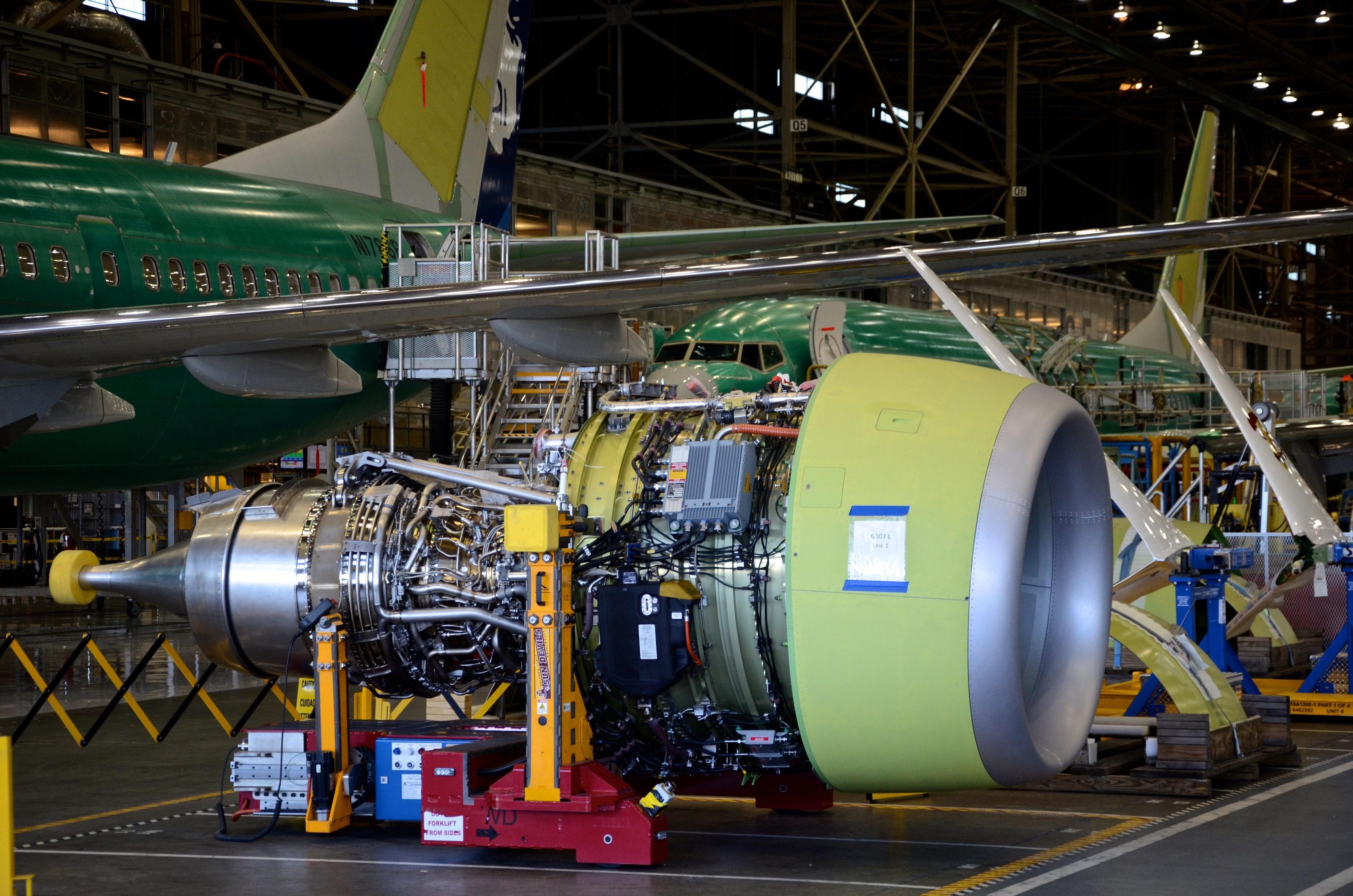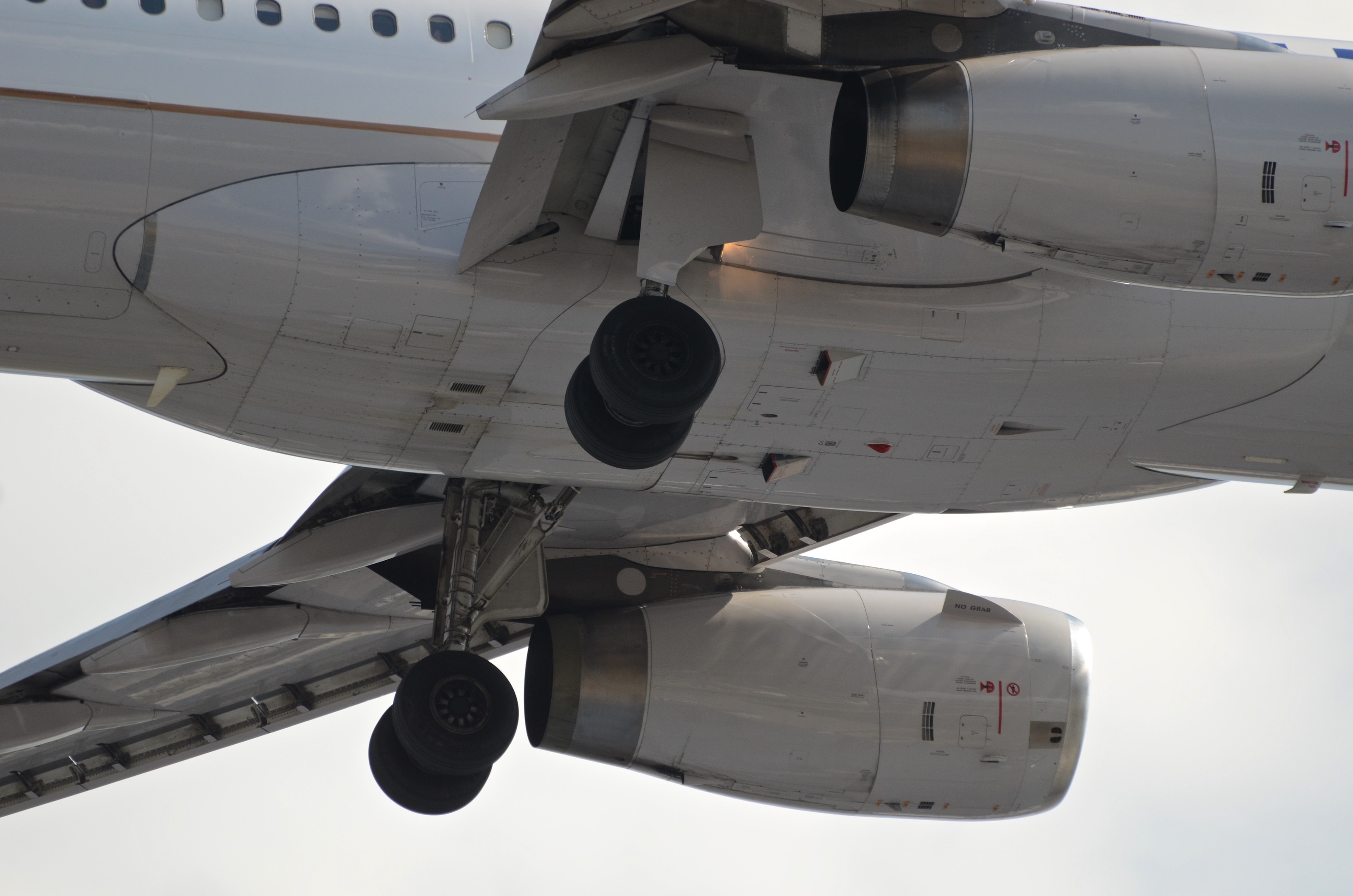You can only blame so much on a pandemic. Like a pre-existing condition that can make a case of COVID-19 deadly versus asymptomatic, the business model governing engine makers and their relationship to aircraft manufacturers made them exceptionally vulnerable. The collapse of global commercial aviation merely revealed the fundamental weakness baked into the relationship.
The hope, strategically, was that the aircraft industry moved at a pace slow enough where the collision between Airbus, Boeing and General Electric, Rolls-Royce and Pratt & Whitney could be averted. Yet the pandemic has accelerated the reality that the incentives that govern both sides of that coin are inherently unsustainable. The mismatch in the relationship comes at a time when they need to be getting closer, not farther apart.
Related: Coronavirus shred the engine maker business model
Today airplane manufacturers are scrambling to keep afloat, maintain a semblance of liquidity and promote deliveries of new aircraft — principally for replacement of older less-efficient aircraft. For engine makers, this solves only half of the equation with new production and exacerbates a problem with the other, far more important, half.
Subscribe to TACBecause of the very nature of the model — an existential reliance on the aftermarket parts and services for engines that fly for decades built on the back of selling new engines at a loss — some of the leading proposals to kickstart an industrial recovery may end up kneecapping the engine manufacturers.
“My big hope in this COVID moment is that there’s going to be a serious [parking] of [older] airplanes that need to be taken out of the skies, and they will steadily be replaced with today’s technology,” said Boeing chief executive David Calhoun, who was formerly head of GE’s engine business, in a recent interview with Aviation Week. “With all the growth, nobody really set down large parts of their fleets, but I think that day is on us, and I don’t think that will be lost to the political and environmental interests out there.”
Related: The airplanes that have survived the aviation apocalypse
Airbus chief executive Guillaume Faury is pushing European governments for a “Cash for Clunkers” program for the civil aircraft business. Trade in an aging A320ceo or Next Generation 737 and get an A320neo, for example, with a European government providing a rebate to the buyer as incentive.
Under the proposal, according to a senior European industry official close to the consideration, a rebate for the buyer would be calculated as a fraction of the dollar cost of the environmental impact of the CO2 emissions. The official said Airbus marketing teams have already modeled the cost of a ton of CO2 to society at-large over an aircraft’s operational life.
It could be a boon for Airbus — or Boeing, should a mirror U.S. program be adopted as well — but senior officials at engine makers are concerned that such a scheme would only further disrupt the long-established business model by removing older aircraft (and their engines) from service, thus missing out on the remaining lucrative shop visits and parts.
It’s a balancing act between preserving the industrial infrastructure that designs and manufactures large turbine engines, but the exchange of new airplanes for the retirement of older aircraft would, by design, truncate their life in service.

Cash for Clunkers isn’t yet a reality, but the hit to the engine aftermarket is already on its way. Raytheon Technologies in its first quarter earnings said shop visits for legacy engines (non-geared turbofan) “are now likely to be down 50% or more over the prior year.” The company typically does roughly 80 International Aero Engines V2500 engine overhauls each month, in April that fell to 25.
Pratt & Whitney has roughly 14,000 commercial turbofan and turboprop engines in service, about 1,500 of those are new GTFs in service, plus a 30% spares rate given the engine’s reliability issues. The V2500s, which are overwhelmingly on the A320ceo, would be vulnerable to premature retirements and account for 50% of its aftermarket business.
For Pratt, there’s also a backwards incentive to keep production rates lower, especially if the aftermarket fades with accelerated retirements. “On the GTF,” said Raytheon Technologies chief executive Greg Hayes in the company’s first quarter earnings call. “We lose money every time we ship an engine, and so there’s actually good news from the lower production on the GTF.”
Pratt & Whitney’s Commercial Engines president Carroll Lane, acknowledged in a recent interview with The Air Current that its customer contacts have been focused on avoiding “excess retirement’s on top of that you would normally associate with any sort of attrition curve,” said Lane of the more than 6,000 V2500 engines in service today, which average about 10.5 years. “We think the V2500 has a lot of life left in it.”
Prior to the pandemic, GE’s engines accounted for about 37,000 of the 61,000 in operation, and Rolls at 6,640 at the end 2019, according to Cirium.
Don’t blame the pandemic
The pandemic did not cause the engine maker’s business model to fail. The model itself was vulnerable and COVID-19 merely revealed its fundamental weakness. The dynamics have been pushing an engine maker’s desire to shift away from the traditional model, entirely separate from the acute pain inflicted by COVID-19.
While ultimately designed to stay on wing longer than earlier models, the disruptive reality of introducing a new generation of aircraft engines has also meant reliability has fallen far short of their more mature predecessors. That has been driven by the significantly higher temperatures the engine core must endure to deliver the new level of promised fuel efficiency.
Whether it’s degraded GTF accessory gearboxes and combustor linings, Trent 1000 intermediate pressure turbine blades, or coking inside Leap fuel nozzles, all the disruptions weigh not only on the airlines counting on their reliability, but on the financial return for engine makers absorbing expensive early shop visits, pushing out a return on their investment.
“So the days of 30-year aircraft in operation and us seeing maybe seven shop visits are over,” said Rick Deurloo, Pratt’s senior vice president of sales and marketing. That was Pratt’s expectation over the engine’s life with multiple operators when the first V2500s entered into service on the A320 in 1989.
“I think you’ll see shorter cycles, maybe not dramatically different, but you’ll see shorter cycles of aircraft useful life and you’re going to see our time on wing continue to get better.” Today, each V2500 goes through about three to four shop visits over 20 years and the GTF will get between two to four overhauls over the same period, but designed to fly for up to four decades.
But the short-term strategic forces that are driving down engine and airframe prices are principally driven by airline and leasing executives who have to tell their boards they are getting the lowest possible price for a batch of new airplanes. A maintenance package with a 15 or 20-year time horizon is less important for the CEO who won’t be around to see that end of the contract impact the company’s bottom line.

It’s not only the newest engines that strain the business model. Deurloo cited increasing end-of-production life discounts on V2500-powered A320s, for example. While it allows airframes to move airplanes that are less valuable relative to their newly-arriving successor, it inherently disadvantages the engine maker losing even more at delivery then facing lower prices in the aftermarket, only exacerbating the problem.
“Intuitively as an engine manufacturer, you would think I’m not going to have this same amount of access to selling my hardware because there’s going to be an abundance of used material” competing with lucrative new parts supplied by Pratt, said Deurloo.
The accelerated retirements under a Cash for Clunkers program would also mean a flood of used material and parts back into the market. Further, the environmental benefit might be negated if the aircraft being replaced continues its life with another operator.
The combination of longer time on wing between shop visits, a shorter airplane life and ever-lower prices for engines amounts to a downward spiral for engine makers. It’s a vicious cycle. Counterintuitively airplane prices have to rise for an airplane that doesn’t last as long. That may be economically impossible based on the state of the market today, and would have to reverse the overall trend in aircraft pricing.
This only compounds the pain. With the V2500s, Pratt has already absorbed the discounts for engines sold at a loss. Cash for Clunkers would then eliminate the long-term payoff in the aftermarket.
“As lives shorten…it becomes more of a reason for us to go back and have that dialogue with our airframe partners,” said Deurloo.
The future business model
But what does the shape of that future business model look like? Engine and aircraft maker joint ventures are rare, but Honda Aircraft Company serves as a template for such an arrangement. The HF120 engine on the HondaJet is a 50-50 partnership between GE and Honda, with GE Honda Aero engines responsible for shared certification, marketing with airframes, product support and mass production. The alliance was formed in October 2004, under then-GE Transportation president and CEO (and now Boeing CEO) David Calhoun.

Aspects of the business model have already been evolving. Rolls, facing concerns about the long-term residual value of its engines because of its closed service network, partnered with Delta TechOps as an independent provider of Trent 1000 and XWB maintenance as part of its A350 and A330neo deals. “It was a huge harbinger that they were willing to adapt,” said Kevin Michaels, managing director of AeroDynamic Advisory.
Related: Understanding the formula behind how Delta buys airplanes
For GE’s recent history, such a shift was once unthinkable. Asked at the 2016 Farnborough Air Show, Kevin McAllister, then head of GE Aviation’s services business said that as the company pondered a nascent New Mid-Market Airplane concept, the idea of sharing its enviable aftermarket revenue stream with Boeing was a non-starter. “For me today, it’s an interesting question, but…I don’t see a model with the airframers. It’s nowhere in my plan,” said McAllister, who later that year was named CEO of Boeing Commercial Airplanes. At the time, strategy leaders at United Technologies (now Raytheon) and Rolls-Royce both indicated they were open to sharing the aftermarket for a spot on the NMA, which was a central pillar for the now-shelved Boeing program.
Go back a bit farther and you’ll find the history of a willingness to trade a portion of the aftermarket to a customer. GE offered Boeing a slice of the GEnx aftermarket or a billion dollars to win a spot on the 787 (alongside the Trent 1000), on top of its own investment in the GEnx engine. Boeing took the cash, according to a person involved in the deal — also inked by Calhoun earlier in 2004.
A GE Aviation spokesman declined to comment.
One of the top priorities facing John Slattery, GE Aviation’s newly-elected CEO who joined the company on July 13, is securing an exclusive spot for GE on a new Boeing platform — whatever sized aircraft that ends up being and may come with an adjustment to its business model, according to a person familiar with the company’s objectives.
Other options include licensing or sale of the aftermarket revenues to an aircraft manufacturer, an engine maker jointly funding aircraft development for an equity stake in the aircraft’s profits or the other way around (an aircraft manufacturer contributing to engine development costs in exchange for access to the aftermarket), or trading a higher sales price at delivery for a shared portion or royalties of the aftermarket revenues.
Is this all inevitable? The evolution of the business model is “one we think about every day,” said Deurloo. “It’s going to get addressed in the next 10 years and something will shift.”
Write to Jon Ostrower at jon@theaircurrent.com
Subscribe to TACSubscribe to Continue Reading
Our award-winning aerospace reporting combines the highest standards of journalism with the level of technical detail and rigor expected by a sophisticated industry audience.
- Exclusive reporting and analysis on the strategy and technology of flying
- Full access to our archive of industry intelligence
- We respect your time; everything we publish earns your attention

